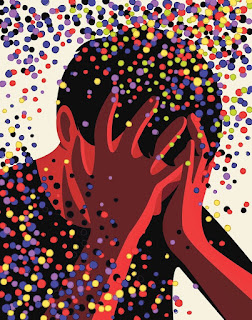Oquendo, M. A., et al. (2024).
JAMA psychiatry, e235672.
Advance online publication.
https://doi.org/10.1001/jamapsychiatry.2023.5672
Abstract
Importance: Not all people who die by suicide have a psychiatric diagnosis; yet, little is known about the percentage and demographics of individuals with lifetime suicide attempts who are apparently psychiatrically healthy. If such suicide attempts are common, there are implications for suicide risk screening, research, policy, and nosology.
Objective: To estimate the percentage of people with lifetime suicide attempts whose first attempt occurred prior to onset of any psychiatric disorder.
Design, setting, and participants: This cross-sectional study used data from the US National Epidemiologic Study of Addictions and Related Conditions III (NESARC-III), a cross-sectional face-to-face survey conducted with a nationally representative sample of the US civilian noninstitutionalized population, and included persons with lifetime suicide attempts who were aged 20 to 65 years at survey administration (April 2012 to June 2013). Data from the NESARC, Wave 2 survey from August 2004 to September 2005 were used for replication. Analyses were performed from April to August 2023.
Exposure: Lifetime suicide attempts.
Main outcomes and measures: The main outcome was presence or absence of a psychiatric disorder before the first lifetime suicide attempt. Among persons with lifetime suicide attempts, the percentage and 95% CI of those whose first suicide attempt occurred before the onset of any apparent psychiatric disorders was calculated, weighted by NESARC sampling and nonresponse weights. Separate analyses were performed for males, females, and 3 age groups (20 to <35, 35-50, and >50 to 65 years).
Conclusions and relevance: In this study, an estimated 19.6% of individuals who attempted suicide did so despite not meeting criteria for an antecedent psychiatric disorder. This finding challenges clinical notions of who is at risk for suicidal behavior and raises questions about the safety of limiting suicide risk screening to psychiatric populations.












